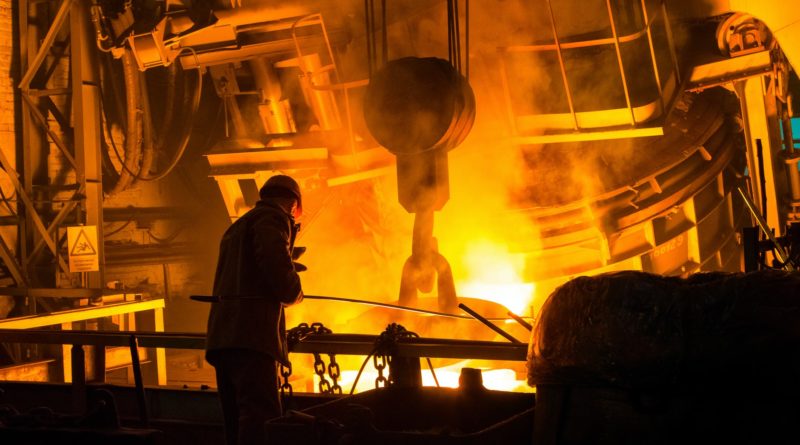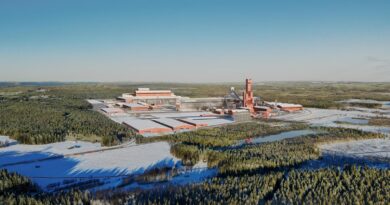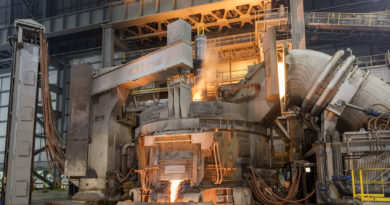China eliminates illegal induction steel capacities
China has reportedly made many efforts to close illegal induction furnace (IF) steelmaking capacity. According to the definition used by the Chinese government since 2002, these IF steel production units, called “ditiaogang (地条钢)”in Chinese, which melt ferrous scrap to produce steel, do not allow for effective control over the chemical composition and quality of the steel produced.
Furthermore, these IF producers usually do not have refining and quality inspection equipment. Therefore, the steel produced can raise a number of quality-related concerns, notably if their output is branded and sold as quality steel products.
According to China Iron and Steel Association (CISA) guidelines, only three uses of IFs are deemed legal:
- casting,
- making high-quality steel and ferroalloys with specific properties, and
- stainless and high-alloy steelmaking.
CISA has proposed that any IF producers which are not included in these categories should be categorised as “ditiaogang”, and should be eliminated, regardless of whether the IF is new, whether the IF producers have equipment for environmental protection, and regardless of the scale of the company.
Recently, China had eliminated 140 mmt of “ditiaogang” capacities. Moreover, the National Development and Reform Commission (NDRC) reportedly carried out nationwide inspections to ensure the effective closure of these capacities, including by preventing them from restarting operations and enforcing the elimination of closed IFs (NDRC, 2019a). Furthermore, NDRC reports that it carried out inspections to prevent the re-start of IFs in Guizhou and Yunnan provinces in September 2019.
WHAT IS AN INDUCTION FURNACE FOR STEELMAKING?
An induction furnace (IF) is one type of electric furnace used to produce steel. Compared to the Electric Arc Furnace (EAF), the IF technology has several disadvantages but also some advantages. For example, an EAF is flexible in the sense that it can be turned on and off with relative ease (in order to respond to changes in market conditions).
EAFs can also produce a wide variety of steel products, and are subject to a number of quality controls. The annual production capacity of an EAF usually starts from 200 000 metric tonnes.
An IF is smaller, usually with an annual production capacity of 50 000 to 100 000 metric tonnes.
While EAFs might generate greater economies of scale, they have lower installation costs. Moreover, an IF does not need to use oxygen, fuel, slag builders and graphite electrodes, all of which have been in high demand recently, while these are important inputs for the EAF process.
Nevertheless, the lifetime of IF equipment tends to be shorter and steel production using IF technology is more energy intensive and entails higher associated environmental costs. In the short term, both the investment and operational costs associated with IF steelmaking are lower than that of an EAF, which provides some incentives for the adoption and use of this type of technology.




